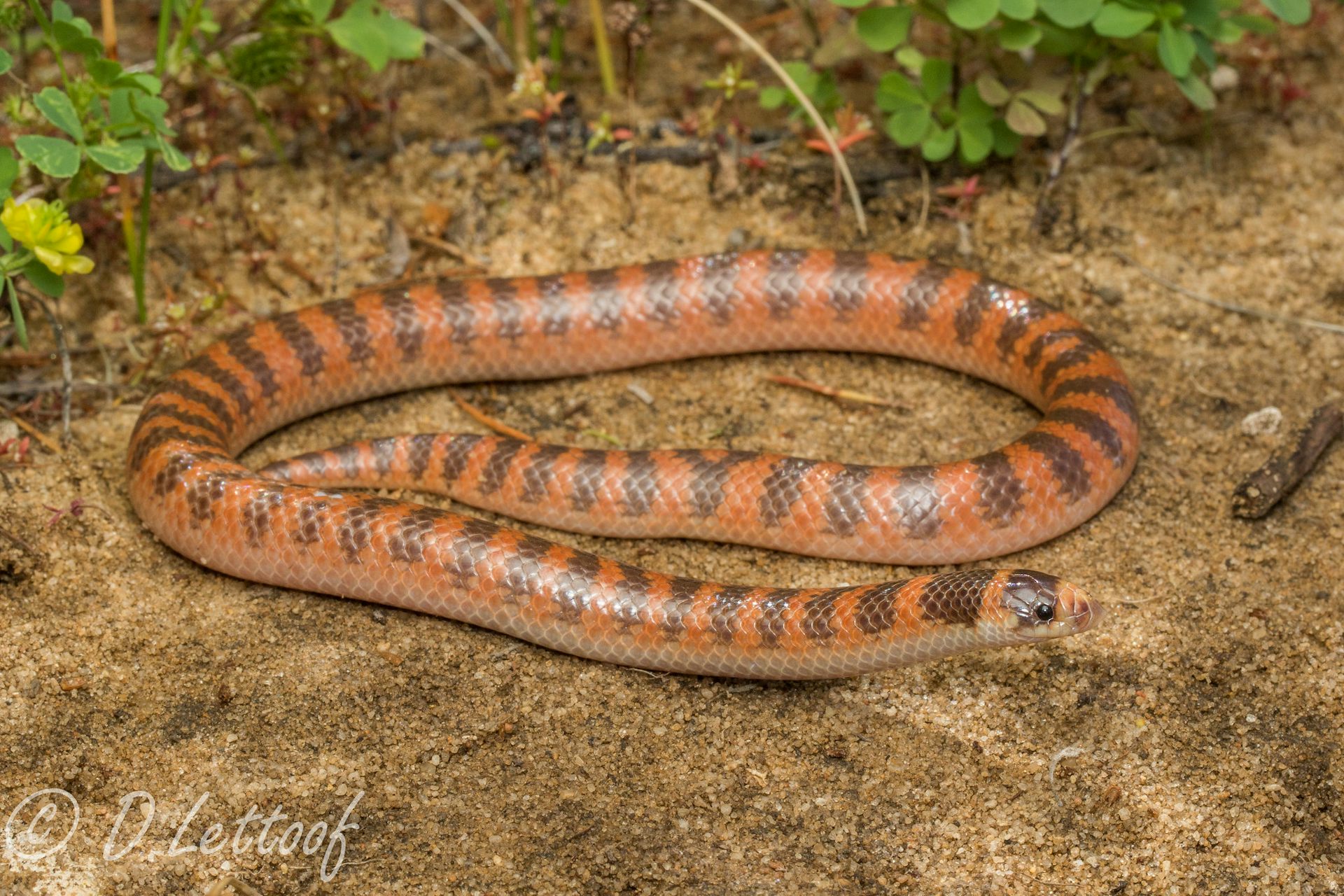Introduction
Tiger snakes are among one of the most popular and been afraid reptiles in Australia, extensively recognized for their striking look and powerful poison. This short article aims to explore the intricacies of the tiger serpent's environment, circulation, actions, and what one can expect when coming across these fascinating creatures. By recognizing where to locate them and how to navigate prospective threats, you can appreciate their role in the ecosystem while guaranteeing your safety.
Tiger Serpent Habitat: Where to Discover Them and What to Expect
Tiger serpents are predominantly found in southeastern Australia, consisting of Are common tree snake venomous Tasmania, where they thrive in a selection of settings. Their versatility permits them to occupy diverse terrains such as seaside areas, wetlands, grasslands, and also urban locations.
Geographical Distribution of Tiger Snakes
The geographical reach of tiger snakes extends throughout several Australian states. They are particularly usual in:
- Tasmania: The Tasmanian tiger snake is among one of the most acknowledged subspecies. Victoria: Discovered near water bodies like rivers and lakes. New South Wales: Preferring bushland locations close to water sources. Western Australia: Even more frequently seen around swamps and estuaries.
Understanding the geographical distribution is important for both conservation efforts and public awareness relating to experiences with these snakes.
Preferred Environments of Tiger Snakes
Tiger serpents prosper in numerous environments. Below are some normal atmospheres where they might be discovered:
Wetlands: They prefer marshy or marshy areas where they can access target easily. Coastal Regions: Near coastlines or rocky shorelines give bountiful food resources like fish and amphibians. Forested Areas: Dense brushwood provides shelter from predators while offering searching grounds.Behavioral Patterns Related to Habitat
Understanding tiger snake actions within their habitats is crucial for communication administration:
- Nocturnal Activity: Tiger serpents tend to be a lot more energetic during twilight hours (sunset and dawn), making them more challenging to find throughout daytime. Territorial Nature: They show territorial habits; therefore, it's critical to value their area if encountered.
This understanding can help minimize undesirable communications in between humans and tiger snakes.
Are Tiger Snakes Venomous?
Yes, tiger snakes are certainly poisonous. Their poison contains neurotoxins that can create paralysis and even fatality if untreated.
What Makes Their Venom Dangerous?
The effectiveness of a tiger snake's venom differs depending on numerous elements:
- Geographic location Individual health Quantity injected during a bite
Symptoms of a Tiger Snake Bite
Recognizing signs early is critical:

- Pain at the bite site Swelling Difficulty breathing
Immediate clinical focus is important if bitten.
First Help for Snake Bites
Knowing emergency treatment treatments can be lifesaving in instance of a snake bite.
First Aid Tips for Snake Bites
Stay calmness; keep the affected area still. Call emergency solutions immediately. Apply a pressure plaster above the bite site. Keep the individual resting up until help arrives.Following these actions can substantially boost results complying with a serpent encounter.
Where Else Can You Experience Tiger Snakes?
While they're typically discovered in their all-natural habitats, urbanization has actually resulted in increased encounters with humans.
Urban Encounters
Tiger serpents might venture into gardens or parks looking for food or water sources.
Precautions When Treking or Exploring
When checking out areas known for tiger serpent environments:

- Wear thick boots Stay on paths Be vigilant
Taking these safety measures will aid minimize threats while you delight in nature.
Baby Tiger Snakes: An One-of-a-kind Perspective on Growth
Just like adults, child tiger serpents are born venomous yet smaller sized in size.
Characteristics of Baby Tiger Snakes
- Size: Generally around 20-- 30 cm when born. Appearance: Sport comparable pigmentation as adults but might have lighter bands initially.
Understanding their advancement aids in appreciating their environmental role from early stage onward.
FAQs about Tiger Snakes
1. Are all tiger snakes venomous?
Yes, all species of tiger serpents have venom capable of creating serious harm.
2. How can I identify a tiger snake?
Look for unique banding patterns varying from yellowish-brown to blackish shades along their bodies; adults typically grow in between 1-- 2 meters long.
3. What must I do if attacked by a tiger snake?
Seek immediate clinical interest; apply first aid actions as talked about earlier while maintaining calm.
http://donovanoytw007.image-perth.org/what-does-a-tiger-snake-bite-appear-like-acknowledging-symptoms-early4. Do infant tiger serpents present any danger?
Absolutely! Regardless of their little size, child tiger snakes are still Click for source venomous and can provide bites that need major clinical attention.
5. Are there any specific environments I must avoid?
Avoid going through dense underbrush or near stationary water where problems favor snake visibility throughout warmer months.
6. How do conservation initiatives affect tiger snake populations?
Conservation campaigns focus on environment conservation which straight affects population stability by making sure sufficient food resources and secure reproduction locations.
Conclusion
In summary, understanding "Tiger Snake Habitat: Where to Find Them and What to Expect" not just enriches our expertise about these amazing reptiles however additionally improves our capacity to exist together safely with them in shared atmospheres. From identifying their preferred environments to knowing exactly how to react successfully if bitten, detailed knowledge equips us all-- whether we're wild animals lovers or laid-back walkers-- to value this interesting element of Australia's natural heritage while prioritizing our safety.
This post functions as a substantial guide on every little thing pertaining to tiger serpent environments! Whether you're a passionate explorer or someone looking simply for details regarding these animals, understanding exactly how they connect within their communities-- and how we suit that photo-- is crucial!